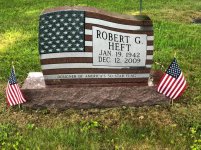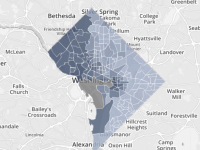lpetrich
Contributor
In the United States, Flag Day is celebrated on June 14. It commemorates the adoption of the flag of the United States on June 14, 1777, by resolution of the Second Continental Congress.[1] The Flag Resolution, passed on June 14, 1777, stated: "Resolved, That the flag of the thirteen United States be thirteen stripes, alternate red and white; that the union be thirteen stars, white in a blue field, representing a new constellation."[2][3]
The first flag design was Francis Hopkinson's design, with interleaved 3*3 and 2*2 patterns of stars -- and six-pointed stars, like the Star of David. The stars were soon simplified to fixe-pointed ones, pentagrams.
The circle of 13 stars is the Betsy Ross version, and there is a variant with a circle of 12 stars and the 13th one in the center, the Cowpens version.
There is a fourth 13-star version, the 4-5-4 version: 4 stars in the top row, 5 in the middle row, and 4 in the bottom row.
I'm posting on this day because I like the mathematics of US flag patterns.



